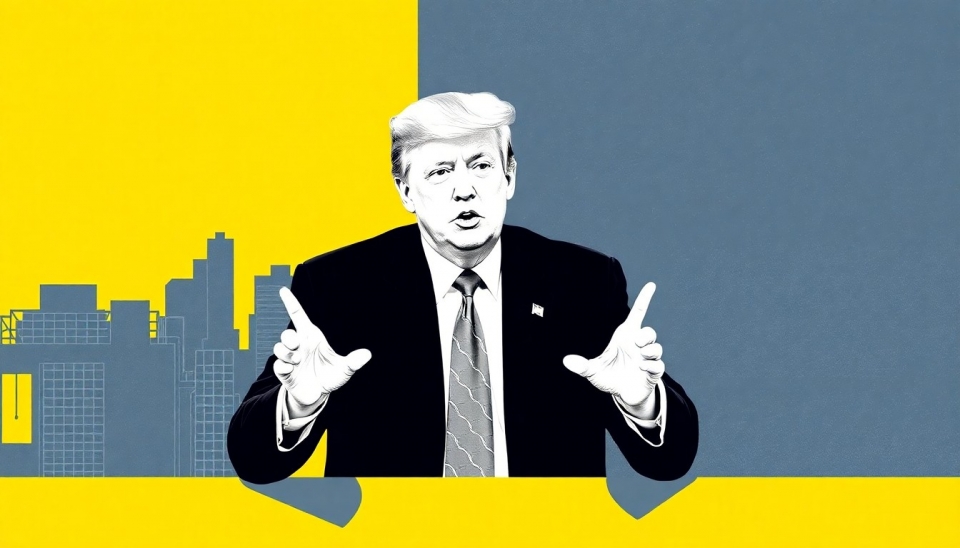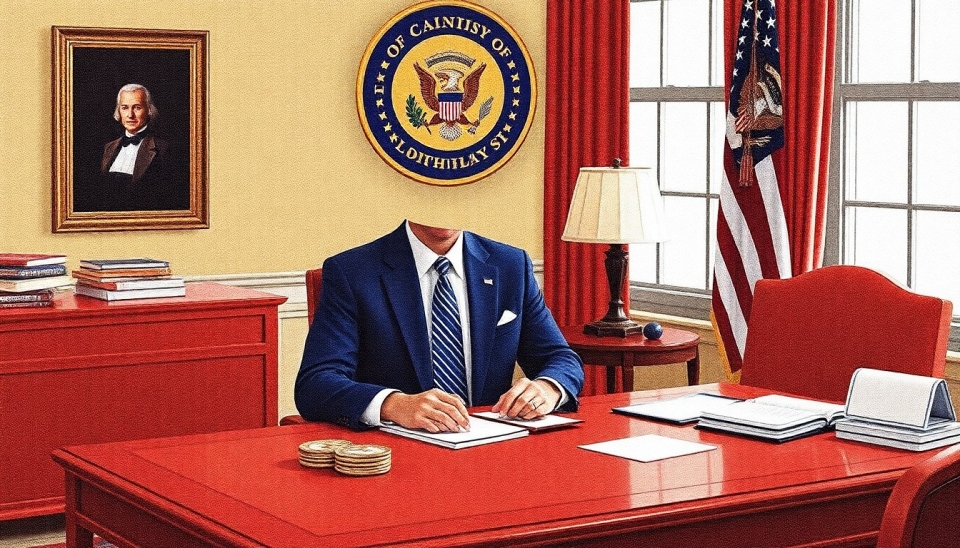
In the midst of ongoing international trade negotiations, former President Donald Trump's intricate tariffs on various goods continue to generate uncertainty among commerce leaders and policymakers. With the ongoing discussions centered around trade agreements and tariffs, both domestic and foreign negotiators are grappling with the implications of the previous administration's diverse and sometimes contradictory tariff measures.
Initially enacted as part of Trump's broader strategy to promote American manufacturing, the tariffs on steel, aluminum, and several other goods were aimed at protecting U.S. jobs and industries. However, as the Biden administration attempts to untangle this web of tariffs, the resultant confusion threatens to impede negotiations that are critical for economic recovery and growth.
This complexity is compounded by the multiple exemptions and adjustments made during Trump’s presidency. Many countries found themselves navigating a maze of exceptions that allowed certain imports to bypass high tariff rates. This inconsistent application of tariffs not only complicated diplomatic relations but also fostered an environment of uncertainty for businesses and investors.
Trade experts express concerns that this ongoing confusion regarding tariffs could hinder effective negotiations, making it more challenging to reach comprehensive trade deals. The ambiguity around which products are affected by tariffs and which countries can or cannot take advantage of exemptions creates a stumbling block for both U.S. trade representatives and their foreign counterparts. As negotiations loom, many stakeholders are calling for clarity and a reevaluation of the existing tariff structure.
Additionally, businesses that rely on international supply chains are feeling the pressure to adapt quickly to shifting policies. Companies are adjusting their strategies to mitigate the financial impact of these tariffs, which affects competitiveness and pricing structures. This situation not only affects manufacturing but extends to retail and consumer goods as well, with potential spikes in prices for American consumers if tariffs continue to linger or expand.
As the trade landscape evolves, it is increasingly crucial for negotiators to engage in discussions that can simplify the existing tariff structure. There is a growing consensus among trade analysts that a strategic reassessment of tariffs could pave the way for more fruitful negotiations, fostering a climate where economic cooperation and growth can flourish.
In summary, the tangled web of tariffs resulting from Trump's administration presents both challenges and opportunities as the current administration seeks to navigate these complex waters. The stakes are high, as reaching a consensus on how to address tariffs may ultimately set the tone for future trade relations and economic prosperity.
As negotiations proceed, it remains imperative for all parties involved to seek clarity and transparency in tariff policies, ensuring that both domestic and international interests are met without further complicating an already intricate trade environment.
<>#> #TradeNegotiations #Tariffs #DonaldTrump #EconomicPolicy #TradeRelations #BidenAdministration #InternationalTrade #BusinessImpact #SupplyChain #Manufacturing #<
Author: Liam Carter




